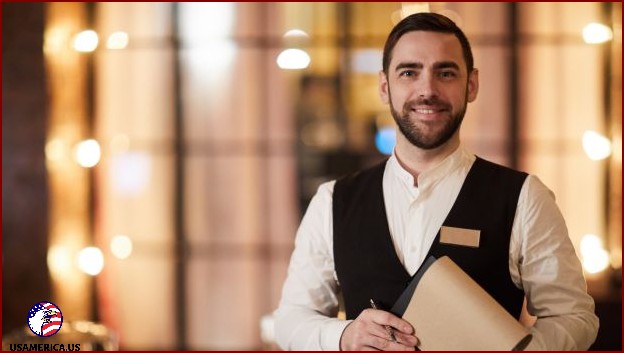Knowing how to end an email is just as important as starting one. When you finish strong and add a great email signature, you leave a lasting impact on the person receiving your message.
In this article, I’ll show you different ways to effectively close your emails and make sure you leave a memorable impression. Let’s dive in!
Contents
- 1 Why are Email Sign-Offs So Important?
- 2 How to End Professional Emails like a Pro
- 3 An Easy and Effective Email Closing Template
- 4 More Email Closing Examples
- 4.1 Respectfully
- 4.2 Sincerely
- 4.3 Regards
- 4.4 Take care
- 4.5 With warmth
- 4.6 Sincerely yours
- 4.7 Hey, Take care!
- 4.8 Just wanted to say thank you!
- 4.9 Thanks a bunch!
- 4.10 Wishing you all the best,
- 4.11 Cheers
- 4.12 Looking forward to hearing from you
- 4.13 Best regards
- 4.14 Kind regards
- 4.15 Cordially
- 4.16 It’s been really nice
- 4.17 Thanks ahead of time
- 4.18 I’ll be in touch with more details soon
- 4.19 I can’t wait to see you soon
- 5 The Best Ways to End an Email
- 6 Tips for Ending Emails Professionally
- 7 How to Politely End a Business Email
- 8 What’s the Best Way to End an Email?
Why are Email Sign-Offs So Important?
People often overlook email sign-offs, but they actually play a crucial role in how our messages are perceived. These closing remarks are like the grand finale of a play – they wrap up your message and leave a final impression.
Not only do they set the tone of your email, but they also have the power to reinforce your message or explain your intention.
When it comes to ending an email or a message, how you do it can make a big difference. A good sign-off can make you look professional and polished, while a bad one can undo all the hard work you put into your message.
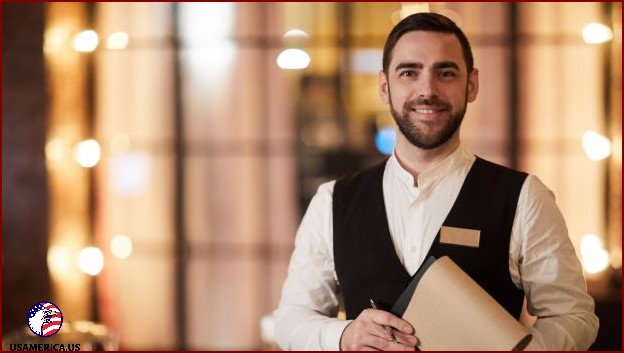
How to End Professional Emails like a Pro
- Start with a proper greeting using the recipient’s name.
- Show your gratitude.
- Keep it short and clear.
- Give them any necessary details for follow-up.
A Friendly Greeting
Choosing the right greeting is like picking the perfect outfit for a special occasion. It should match the situation and the person you’re writing to. Using their name adds a personal touch and shows respect.
If it’s appropriate, you can also include their job title to show that you understand and appreciate their position.
Show Your Thanks
In today’s fast-paced world, time is super important. So, it’s always a good idea to show appreciation for someone’s time or help. It’s not just about having good manners; it can also help build a positive relationship.
A simple acknowledgement can really make a difference. It can make the other person more open to your future requests or messages.
Keep it Short and Sweet
When you’re wrapping things up, it’s best to be clear and brief. While it’s important to be warm and polite, it’s equally important to be straight to the point. Long or vague endings can confuse the main message and may even lead to misunderstandings.
That’s why it’s crucial to strike a balance. Make sure your goodbye is both polite and concise, so there’s no room for confusion.
Check In Later if Needed
When you need someone to respond to your message, it’s important to be clear about what you want from them. Whether it’s a reminder for a meeting or a confirmation of receipt, let them know what you expect next.
It’s helpful to mention the best way to reach you, like providing a phone number or another email address. You can even suggest specific times when they can call you. This makes it easier for the person receiving your message to get back to you, and it keeps the conversation flowing smoothly.
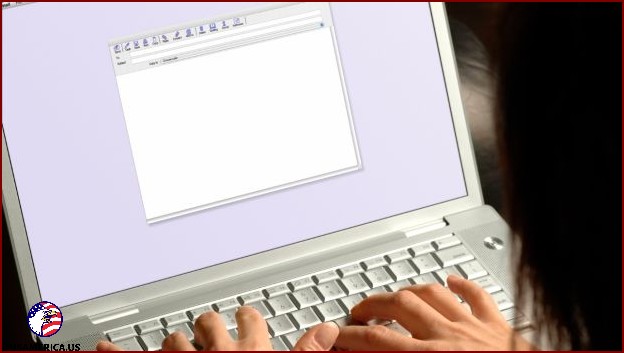
An Easy and Effective Email Closing Template
You know what they say – it’s not just what you say, but how you say it that counts. And this is especially true when it comes to the way you end your emails.
Now, depending on the kind of email you’re writing – whether it’s for work, a casual chat, or something in between – the way you close it can make a big difference.
If you’re keeping things professional, you might want to highlight a specific request or remind someone about a deadline. On the other hand, when you’re having a more relaxed chat, you can let your closing feel more personal and friendly.
One closing that works well in nearly any situation is Best regards. It can be used for formal business emails or even just friendly messages between colleagues.
But it doesn’t hurt to have a few more tricks up your sleeve. By having a variety of closing lines ready, you can make each email feel tailored to the situation and make a bigger impact.
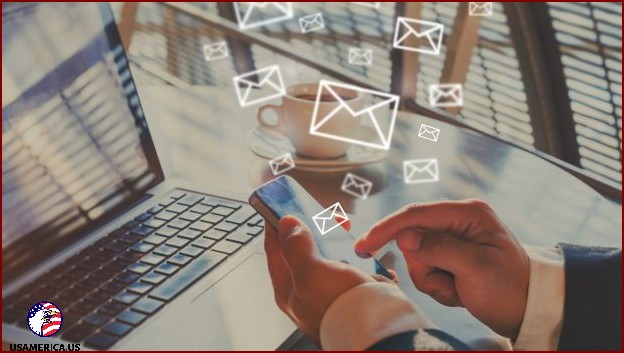
More Email Closing Examples
Besides Best regards, there are plenty of other ways to end a professional email. Let me share some of the most popular ones with you:
Respectfully
If you want to show respect and admiration towards the person you’re writing to, Respectfully is a great choice. It works well when emailing someone you have a professional relationship with, like a professor or employer.
Sincerely
Here’s a classic closing that works for any type of email. Sincerely lets the recipient know that you genuinely mean what you’ve written. It’s commonly used when applying for jobs or sending other professional messages.
Regards
When you want to keep your email formal yet friendly, this is a safe option. It gives the person a warm and appreciative feeling. This ending is often used in both business and personal emails.
Take care
For more casual emails between close friends or acquaintances, this ending is a great choice. It shows optimism and good wishes for the person’s future. Using this sign-off also demonstrates that you care about the person’s well-being.
With warmth
If you want to leave a positive and upbeat impression, this is the perfect ending. It conveys a sense of warmth and friendship, making it suitable for writing to family members or close friends.
Sincerely yours
Hey, Take care!
When I send emails to my close friends or family members, I like to end them with this phrase. It just shows that I care about them and want them to be safe and happy.
Just wanted to say thank you!
When you read my email and take the time to help me or do something for me, I want you to know that I appreciate it. Saying thank you is a simple way to show my gratitude.
Thanks a bunch!
If you’ve given me your time and support, whether it’s because I asked for something or you went the extra mile for me, I really appreciate it. So, thanks a bunch!
Wishing you all the best,
Cheers
This cool phrase is perfect for informal emails. It’s like saying hooray! or yay! It shows that I’m excited and happy. I use it when I’m writing a fun and playful email.
Looking forward to hearing from you
I can’t wait to hear back from you! This closing is like saying I’m excited to get your reply. It shows that I really want to talk to you and that your opinion is important to me. So, please don’t keep me waiting!
Best regards
Here’s a classic and polite way to end any email. It’s like saying I have great respect for you. This ending shows that I appreciate your time and effort. I think it’s a good choice for formal emails or when I want to show a lot of respect.
Kind regards
This one is kinda like Best regards but a bit fancier. It shows that I have respect for you and it gives off a warm and friendly vibe. It’s great for emails when I want to be nice but still formal.
Cordially
This way of ending an email is great for formal ones, especially if I’m asking for something. It shows that I’m being polite and respectful and it tells you that I value your time. It can also be used for emails where I need some help or advice.
It’s been really nice
If I had a good experience talking with you, this is a perfect way to wrap up the email. Just a simple phrase like It’s been really nice or It was great hearing from you can show how grateful I am.
Thanks ahead of time
I’ll be in touch with more details soon
This option is great if I need to share additional information at a later time. It demonstrates that I am well-prepared and organized, which is always a positive trait.
I can’t wait to see you soon
This closing phrase is perfect if I have a meeting coming up or will be in touch with you again soon. I can use it to convey my excitement and anticipation, which adds a pleasant touch to the end of an email.

The Best Ways to End an Email
Choosing the right way to close an email can depend on what you’re trying to say. Here’s a helpful guide that organizes popular ways to end your emails based on the type of message:
Tips for Ending Emails Professionally
- Think about the tone you want to set.
- Choose your words carefully.
- Keep it short and sweet.
- Check for any mistakes before sending.
- Finish with a request or suggestion.
- Include a professional email signature.
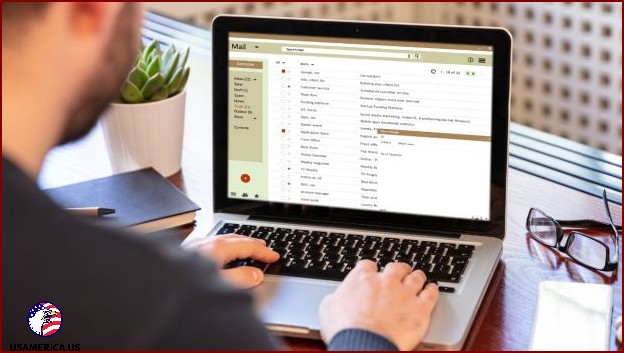
Remember the tone
When writing an email, it’s important to consider how the recipient will perceive your message. Whether you’re close friends, just acquaintances, or have a professional relationship, the tone of your email should match.
If the tone doesn’t match, it can cause confusion or strain the relationship.
Choose your words carefully
Words have power. The words you choose can make a big difference in how your message is understood and received. Using the right words ensures clarity and agreement.
Avoid using vague or unclear words that can lead to unnecessary back-and-forths. Using precise language saves time and makes communication more efficient.
Keep it short and sweet
When it comes to wrapping things up, it’s important to keep it simple and to the point. Long-winded conclusions can muddy the main message, so aim for clarity and conciseness. You want the recipient to walk away with a clear understanding, not weighed down by unnecessary details.
Give it a Once-Over
We all make mistakes, but when it comes to your message, errors can cast doubt on your credibility. An email riddled with grammar or spelling blunders can make you seem careless or unprofessional. So take a moment to proofread and fix any mistakes. Trust me, it’s time well spent.
Wrap it up with a Call to Action
If you’re looking for a specific response or action, don’t be shy about it. Make your intentions clear. Whether you want feedback, answers, or anything else, a direct call to action will guide the recipient and help speed up the desired outcome.
Add a Personal Touch
When you create a comprehensive signature for your emails, it does more than just make you look professional. It also makes things easier for the person receiving your message. By including important information such as your job title, company name, and contact details, you’re making it simpler for them to get in touch with you later on, or to continue the conversation.
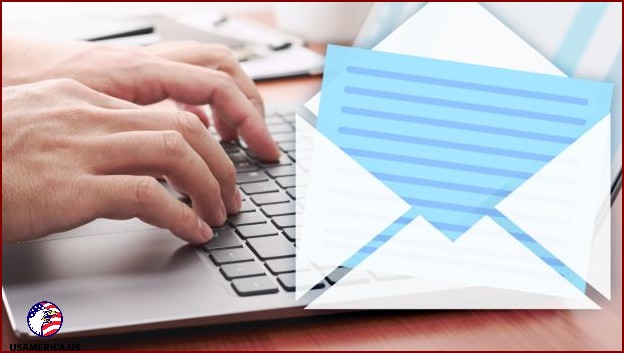
How to Politely End a Business Email
When ending a business email, it’s important to consider the relationship you have with the person you’re writing to. For formal emails, it’s best to use a polite sign-off like Sincerely or Regards.
If the email is more casual, you can use something like Warmly or Take care. It’s important to choose a sign-off that is appropriate for the type of communication and conveys the right tone.
What’s the Best Way to End an Email?
The best way to end an email is by being professional while still showing warmth and friendliness. The sign-off you choose may vary depending on your relationship with the recipient.
Some popular and professional email sign-offs include Best regards, Sincerely, Regards, Warmly, Take care, and Thank you.
Post navigation
Hello! I'm Ronald Smith, a dedicated finance consultant based in the USA and the author behind usamerica.us. My passion lies in empowering individuals and businesses to navigate the complex world of finance with confidence and ease. With a wealth of experience in financial planning, investment strategies, and economic insights, I've established usamerica.us as a premier destination for those seeking to enhance their financial literacy and achieve their economic goals. Whether you're aiming for personal wealth management, understanding market trends, or seeking strategic investment advice, my mission is to provide you with the tools, knowledge, and support needed to make informed financial decisions. Welcome to my world, where your financial success is my top priority!
